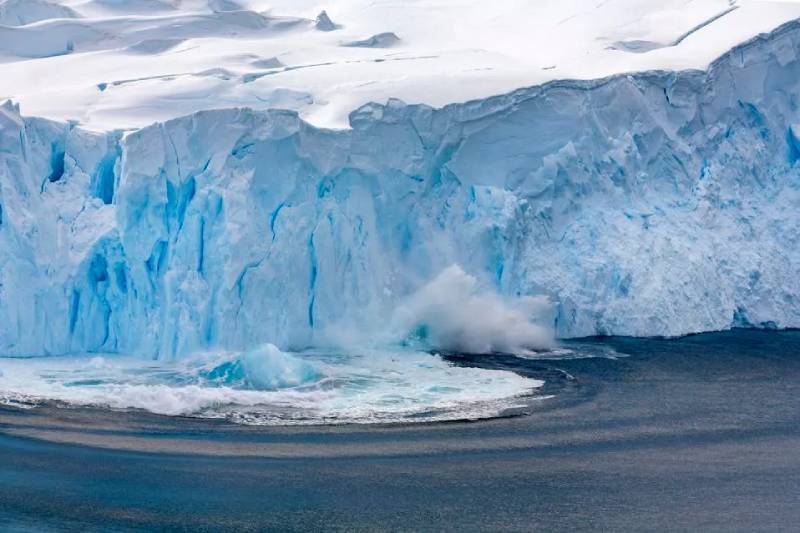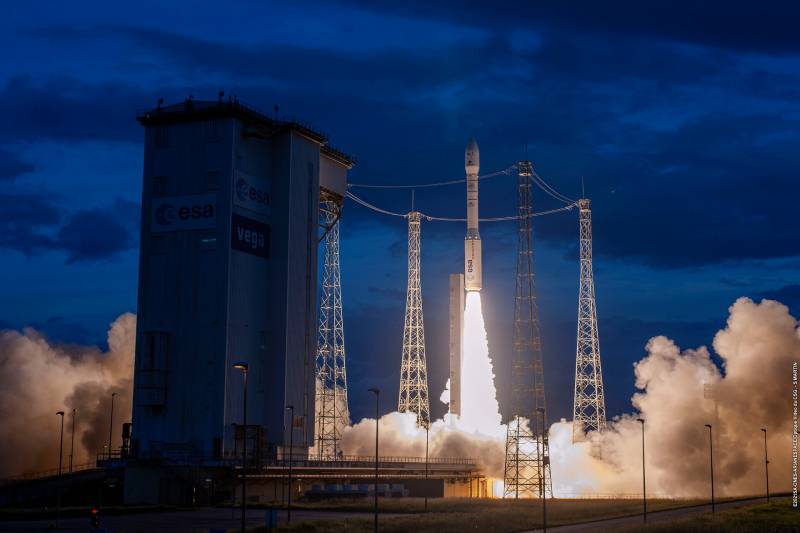Concerns Rise as 40% of Antarctica’s Ice Shelves Show Significant Shrinking
Over the past 25 years, more than 40 percent of Antarctica’s ice shelves have diminished, potentially accelerating sea level rise by allowing more land ice to flow into the ocean, according to new research. The extent of ice shelf thinning is more widespread than previously thought, suggesting that the continent is feeling the effects of…




